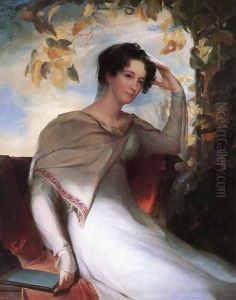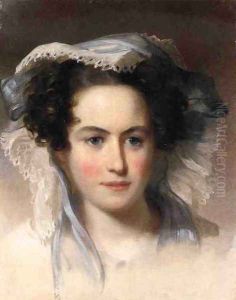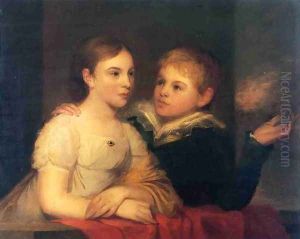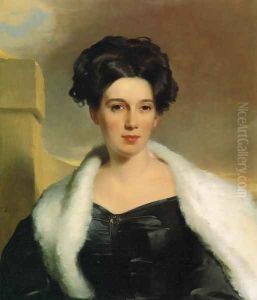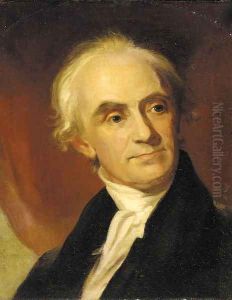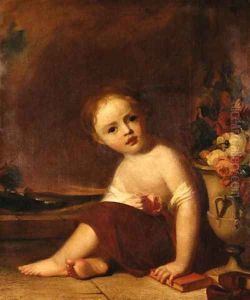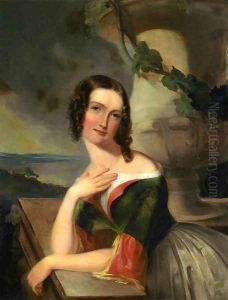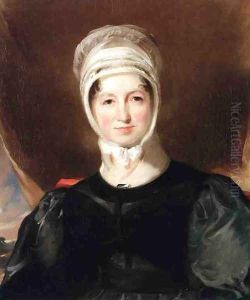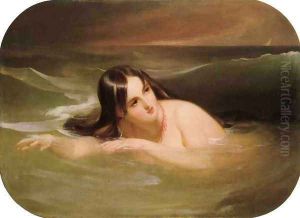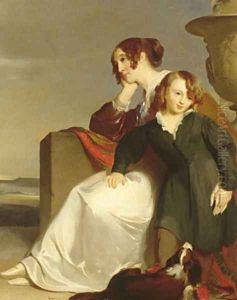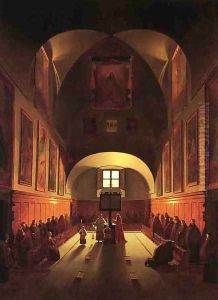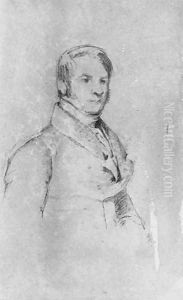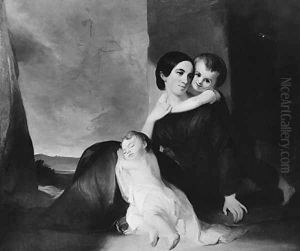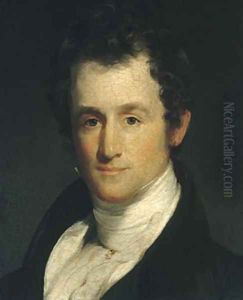Thomas Sully Paintings
Thomas Sully was a distinguished American portrait painter, born on June 19, 1783, in Horncastle, Lincolnshire, England. He emigrated with his parents to the United States in 1792, settling in Charleston, South Carolina. Sully was initially trained by his brother-in-law, Jean Belzons, a French miniaturist. He later moved to Richmond, Virginia, where he studied with American portrait painter Gilbert Stuart. Stuart's influence is evident in Sully’s mature style, particularly in his use of thin, transparent colors.
Sully settled in Philadelphia in 1806, which was then the cultural capital of the United States. He rapidly became one of the most sought-after portraitists in the country. Over his long career, he painted more than 2,000 portraits, including prominent figures such as Thomas Jefferson, Marquis de Lafayette, and Queen Victoria during a visit to England in 1837-38. His portrait of Queen Victoria marked one of his career's highlights, and it was well-received for its charm and vitality.
Beyond portraiture, Sully also made historical and literary works, although these were less acclaimed than his portraits. His technique was characterized by a romantic style, with loose brushwork and a focus on capturing the psychological presence of his sitters. Sully's portraits are particularly noted for their elegance and poise.
Sully was also a teacher and an influential figure in the American art community of his time. He contributed to the establishment of art institutions in Philadelphia and was a proponent of the arts in the burgeoning nation. His work has had a lasting impact on the tradition of American portraiture.
Thomas Sully remained active as a painter into his eighties. He passed away in Philadelphia on November 5, 1872, leaving behind a legacy as one of America’s foremost portrait painters of the early 19th century.




